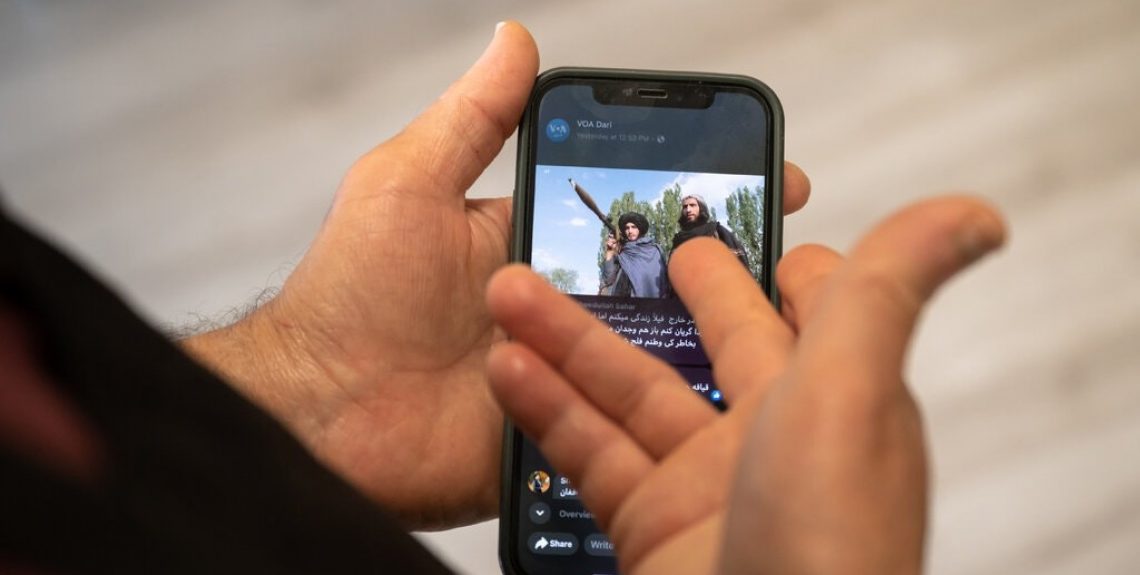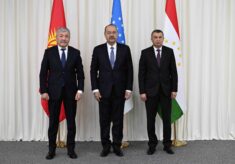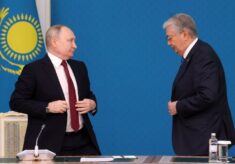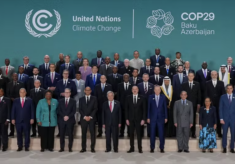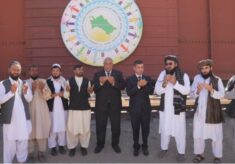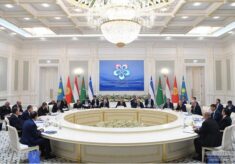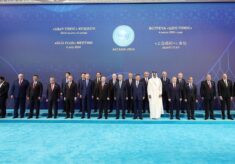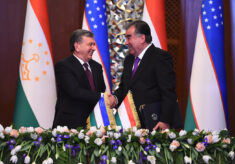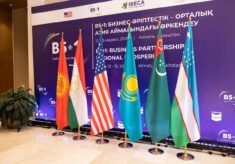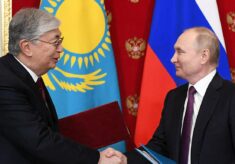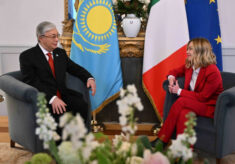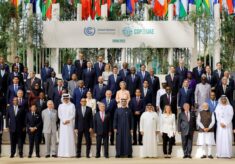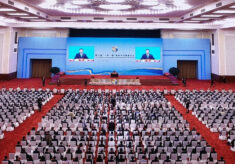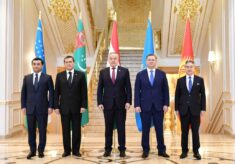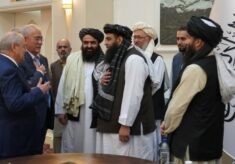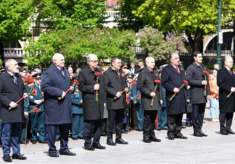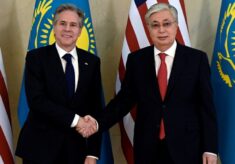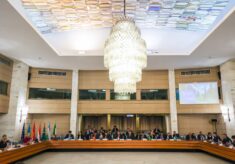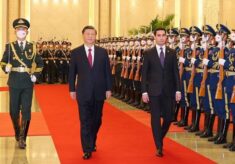Taliban on the surface look quite dissimilar from the ones that of 2001, but were fast to adopt new communication technologies: by 2011, for instance, Emerson Brooking spotted the Taliban on Twitter and by 2014 on Telegram. When in the early month of August their advance towards Kabul became extremely swift, so did their strategic communications (STRATCOM) through traditional methods and digital technologies.
In a country where the centre-periphery issues are a structural feature (26,2% of Afghan people live in urban centres, 73,8% in rural areas) and with limited internet connectivity (as of January 2021, internet penetration in the country stands at 22%), the group continued its traditional offline communications also through the delivery of “night letters” or Shabnamah. Even in 2021 those intimidations on-paper are effective tools of propaganda to keep in line most of the tribal provinces of Afghanistan.
At the same time, in the last years the country has seen the sudden rise in mobile connections (68,7% of the population in January 2021) and in interest towards Social Media (SM) – from 3,6 million to 4,4 million users from 2020 to 2021, requiring Afghan extremists to seriously take care of their online STRATCOM.
Differing from jihadists groups like al-Qaeda or ISIS, Taliban are overtly employing a wide media mix with Twitter as their primary SM, being the place to post their spokespersons’ comments and statements. Unlike Facebook, that has banned pro-Taliban content for years, other platforms like Twitter, WhatsApp and YouTube have been criticised for letting the group exploit their digital infrastructures. At the very heart of the issue, the fact that these tech firms base their bans referring to the US DoS list of foreign terrorist organisations, and the Taliban are not mentioned there.
In this context, Afghan extremists’ communications strategies may be classified by purpose under two categories local and international.
From a local perspective, propaganda followed the events on the ground not only to intimidate local communities, but also to present the group as authoritative for the Afghan people. As the Talibanoffensive conquered new objective and culminated with the taking of Kabul on the 14th and 15th of August, spokespersons’ tweets were mainly delivered in Pashto language, celebrating victories and supporting the advance.
The international audience, which includes expatriated Afghan communities, enjoys a high priority. The main aim is to foster the Taliban’s image as the reliable, credible, and official political force in the country through both digital and traditional media. Facing reports of beatings, violence, fear, and panic in the country already circulating in the infosphere, these efforts are aimed at reversing narratives about extremism or human rights abuses.
It is interesting to note that Taliban communication rarely violates SM rules, and that intelligence analysts believe that behind this modern communication strategy there is at least one important public relations firm, probably paid by rich private foreign sponsors, is advising the leadership.
Federico Berger
Press and Media Officer, Disinformation Analyst at the NATO Defense College Foundation. He is currently enrolled in the 360/Digital Sherlocks training program of the Atlantic Council’s DFRLab.

